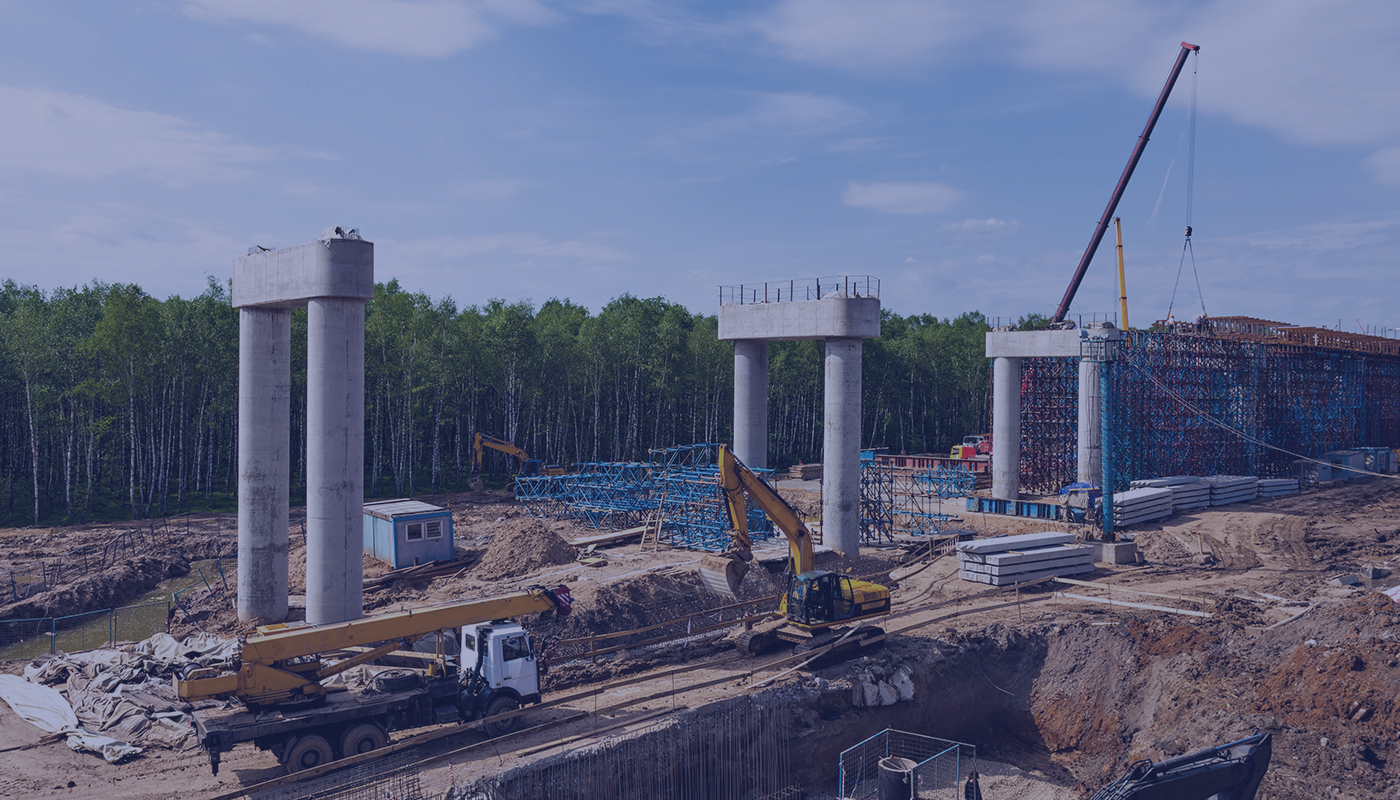“Few institutions can shape a community like a state transportation department.” Do you agree or disagree? This sentence is the opening line of Governing.com’s recent article on how State DOTs can grow and improve. The reality is that state DOTs have a lot more to do with everyday quality of life than you might suspect.
One of the reasons that DOTs have such influence is that, according to Public Square, DOTs are the only organizations that have the resources to address the rising environmental and infrastructure challenges throughout the nation’s rural areas and urban centers. Although DOTs have traditionally only been in charge of building state highways, their field of responsibility is shifting to include urban roads, planning, placemaking, and alternate forms of transportation such as biking, walking, and public transportation. Whereas, in the past, the emphasis has been on efficiency and keeping traffic flow smooth, DOT agencies must now account for a public that prioritizes quality of life, urban destinations, sustainability concerns, and health-friendly modes of travel.
So what can state DOTs do to positively impact your community, and how can DOTs accommodate changing needs and citizen lifestyles?
Here are some suggestions:
Adopt a different focus. DOTs will have to work hard internally to create a culture shift towards collaboration and community input. Smart Growth America points out that changing the culture of an established bureaucratic organization is a tedious and monumental task. DOTs in Maine, New Hampshire, New Jersey, and Pennsylvania, however, have found that practicing a community-inclusive approach to planning meant “project delays were reduced and the costs of paying consultants to find out how to best serve communities was reduced, because the communities provided that input directly and more clearly.”
Change the metrics of success. While traffic flow rates definitely matter, the efficiency of a road is no longer the only measure of success. DOTs need to start factoring walking, biking, commuter rails, buses, and other multi-modal means of transportation into the transit planning grid. Dan Burden, former executive director of Walkable and Livable Community, expresses this as “building communities through transportation, instead of transportation through communities.”
Partner with other government planning agencies at state, county, and local levels. Transportation is powerfully affected by housing, utility, environmental, and other planning entities. Ensuring that the transportation system has a representative voice in land use allocation conversations is a vital piece in placemaking strategies that will allow whole-community health.
State DOTs are about way more than just roads and highways. The transportation industry has everything to do with infrastructure, placemaking, safety, and community. DOTs have a huge role to play in the planning and crafting of a flourishing future.
